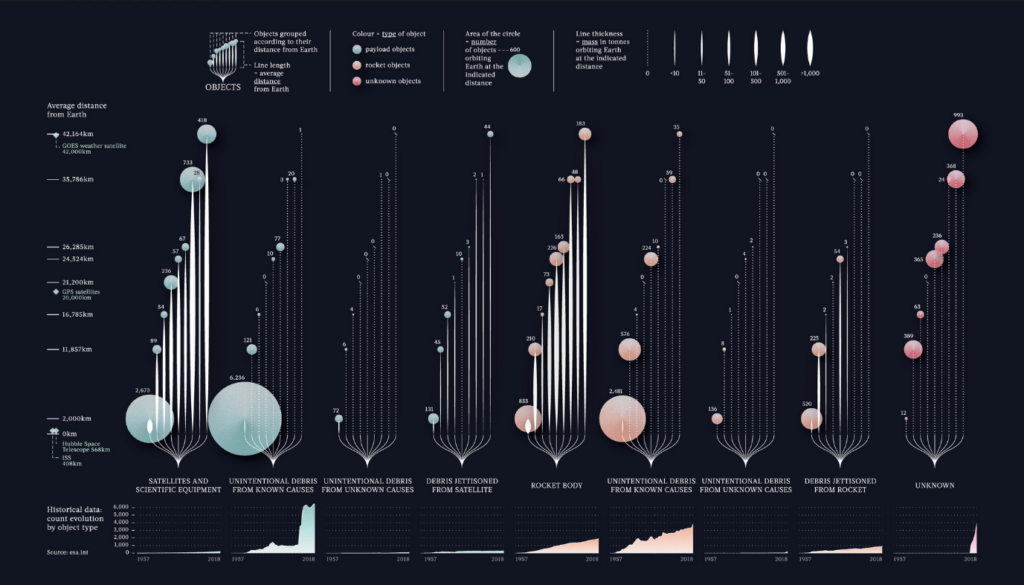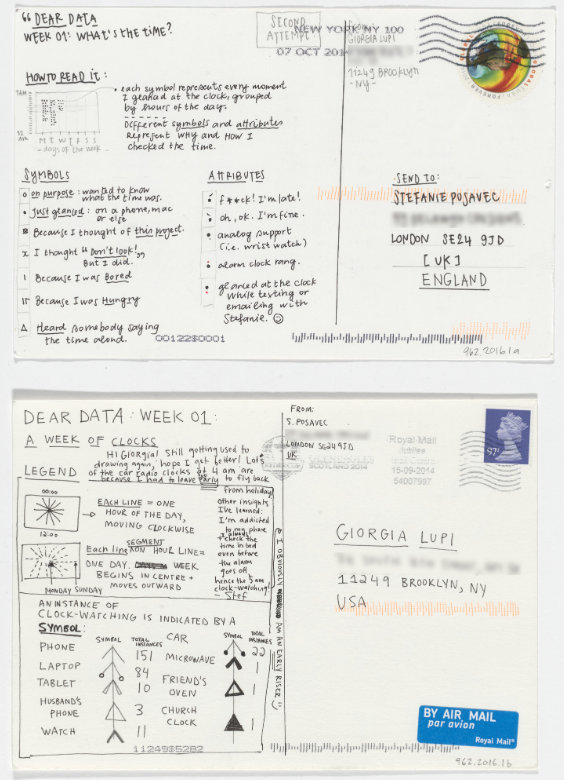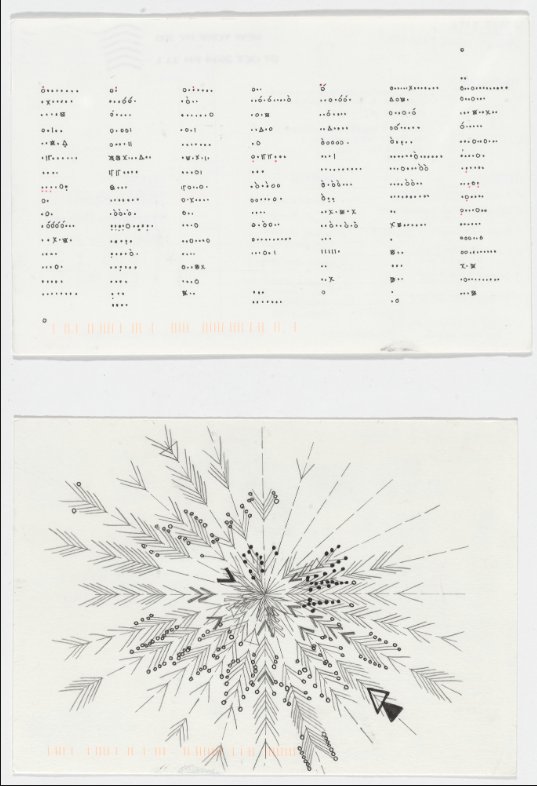By Allie Blue on February 15, 2024
Have you ever scrolled past an infographic posted by a friend on social media? Or swiped through a TikTok slideshow showing artistic statistics about a current event or issue? The intersection of art and technology is beginning to appear in our everyday lives – manifesting itself through platforms including virtual reality, digital art, and data visualization. As we explore these novel avenues of creation, we can determine new and exciting forms of activism and engagement. Art and technology are intersecting in innovative ways to promote awareness and spark activism around social and environmental issues.
Data Visualization
Data visualization is one of the many ways artists are utilizing technology to visually demonstrate statistics for the everyday social media user. These pieces can demonstrate anything, from the number and type of doors opened each day in a week to environmental and social issues.
For instance, the artist @federicafragapane on Instagram visualizes data centered around political events and environmental activism using a distinct artistic style. Three of her pieces have recently been introduced to the Museum of Modern Art (MoMA). One of my personal favorites – “Space Junk” – is pictured below.

This piece illustrates types of space junk, frequency, and distance, intended to teach the audience the impact of space junk. Seeing these elements visually represented causes viewers to feel a larger impact.
You can find this artist, and more like her, here.
Another interesting project within this space is Dear Data. This project detailed Giorgia and Stefanie, two individuals across the ocean from one another (America and the United Kingdom) who sent each other artistic data-filled letters for a whole year. Weekly, they would collect random data points in their everyday lives and send a drawing based on those findings. For instance, the image pictured below demonstrates “What’s the time?” for Giorgia and “A Week of Clocks” for Stefanie. Each letter would contain an artistic rendition of the data and a quick explanation of the interpretation.


Stefanie and Giorgia invite students from all over the world to engage in their program. From their website, they invite teachers to engage with “Dear Data,” matching students with pen pals and sharing their letters with the world. In this way, they are inviting students to understand the importance of interpreting data and applying data analysis tools within their everyday lives. They have recently published a book containing all their drawings from the year-long exchange.
From these two projects, we can determine that data can be found – and illustrated artistically – anywhere. Presenting data in an artistic way allows the message to become direct and clear, allowing all viewers to interpret the message.
Art Activism for the Digital Age
Another combination of art and technology is digital art. Millions of artists from all over the world post their digital art on social media. Among these pieces, a viewer can find activism art.
One iconic digital protest art is Shepard Fairley’s “Barack Obama ‘Hope’ Poster” created in 2008.
This poster was initially intended for physical distribution but found itself dispersed online in the form of posts, t-shirts, and stickers.
This is a fascinating example of traditional art being translated into a digital space.
A similar platform to this is Art in Protest, an online collection of global protest art. They have collected a mixture of digital and traditional art, all of which can be found in their virtual galleries. In addition to these virtual galleries, they also have 3D galleries completely curated by Art in Protest. From their website, the viewer can roam around this simulated space and appreciate the art in a completely rendered virtual collection.
Explore their galleries and collections here.
In modern day, activists and protesters post their content online. Sharing from a social media platform allows for messages to be spread far and wide. From their computers, artist-activists can consider hundreds of tech-related methods for their next piece.
Tech Art for Environmental Activism
The upcoming generation of learners has spent their entire lives with technology. Presenting subjects on a platform they recognize could both allow individuals worldwide to view it and permit young viewers to fully understand the importance of protecting the environment.
An upcoming trend in environmental art is virtual reality. Stanford recently performed a study on how simulating environmental events in virtual reality can spark empathy in participants. These participants either directly interacted with the environment or observed it. Seeing the real effect humans have caused – or even having a simulated part in it – caused participants to have a greater concern for the future of the environment. Many researchers are using virtual reality to show students, instead of telling them, the damage that has occurred over the years.
Read more about this study here.
Challenges and Opportunities Ahead
While the internet is an excellent place for artists to display their art, there are drawbacks to using the platform. Many individuals have access to the internet, but not every artist will be seen. As often as someone posts, there is always a chance their message will not be spread as intended.
Moving forward, pushing through the existing limitations, platforms like virtual reality can evolve beyond what we can imagine. While we primarily considered virtual reality as an environmental educator, it can also demonstrate the lives of individuals all over the world. From your home, you could experience a first-person perspective of someone protesting or suffering from across the world.
With that application in mind, we must consider the ethical implications of the intersection of art and technology. While bringing social and political issues to the public is important, it is critical to protect privacy and ensure these methods are being used effectively. Additionally, there will always be people who have the potential to spread misinformation or disinformation through their creations for a malicious purpose. When viewing (or reposting) online protest art, it is crucial to ensure you check sources thoroughly. Reposting or sending a post with false information could greatly hinder the progress of a certain campaign or movement.
The intersection of technology and art has formed roots in many mediums and technologies found today. As we consider new forms of creation, we have the unique opportunity to consider how our creativity can foster change. These projects will develop and blossom as technology continues to evolve and will continue to raise awareness for social, political, and environmental issues.
